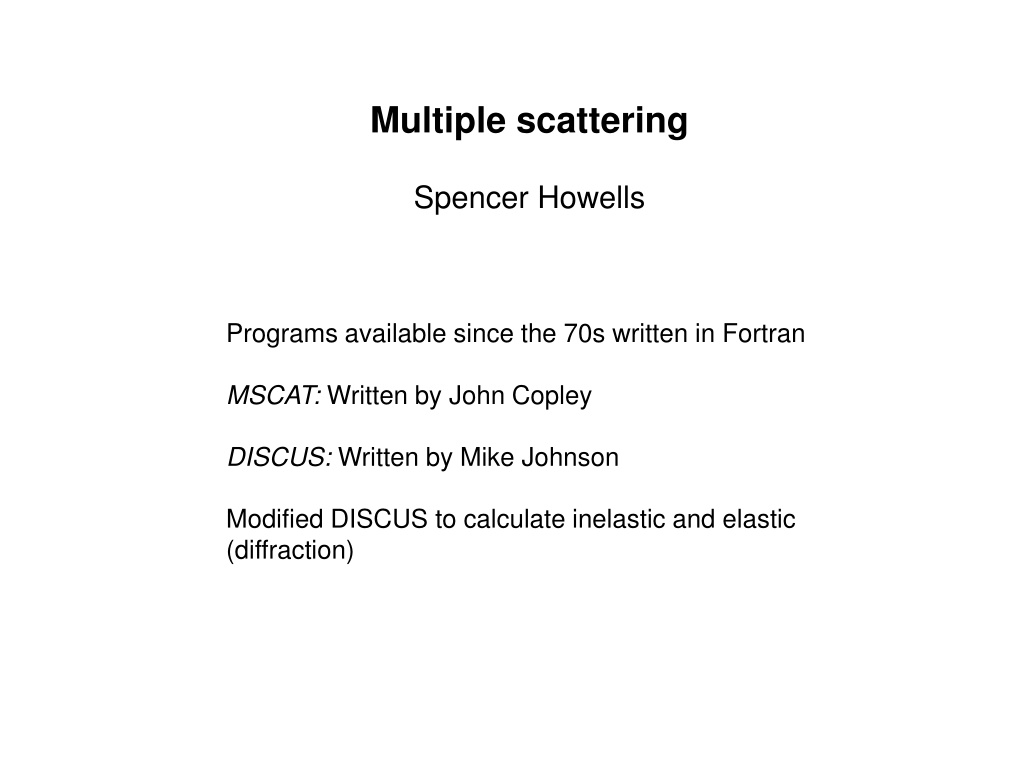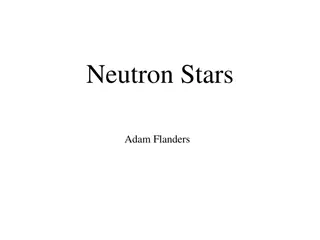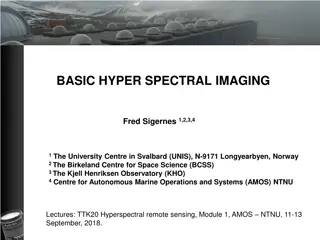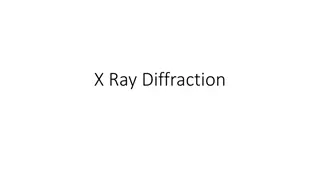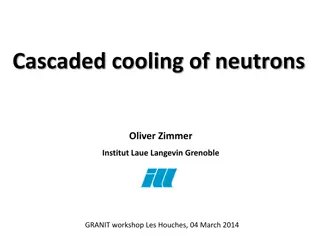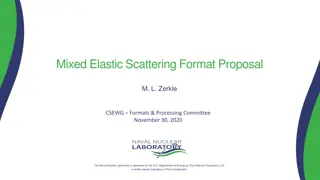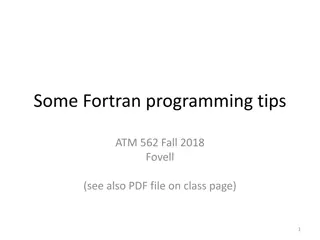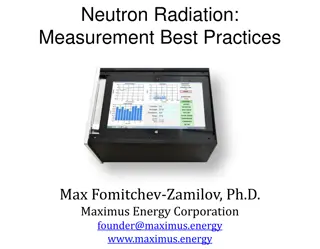Understanding Multiple Scattering Programs in Fortran for Neutron Diffraction and Inelastic Analysis
Multiple scattering programs like MSCAT and DISCUS, written in Fortran since the 70s, are essential tools for neutron diffraction and inelastic analysis. These programs allow for the calculation of neutron cross-sections, scattering angles, and sample geometries. The results obtained include elastic and inelastic scattering patterns, valuable for studying materials at the atomic level. However, challenges such as energy range issues and the presence of extra peaks can arise, requiring careful consideration during data analysis and interpretation.
Download Presentation

Please find below an Image/Link to download the presentation.
The content on the website is provided AS IS for your information and personal use only. It may not be sold, licensed, or shared on other websites without obtaining consent from the author. Download presentation by click this link. If you encounter any issues during the download, it is possible that the publisher has removed the file from their server.
E N D
Presentation Transcript
Multiple scattering Spencer Howells Programs available since the 70s written in Fortran MSCAT: Written by John Copley DISCUS: Written by Mike Johnson Modified DISCUS to calculate inelastic and elastic (diffraction)
Input S(Q) for diffractions or S(Q,w) for inelastic Neutron cross-sections Sample geometry & density Number of scatterings Number of neutrons Scattering angles Experience suggests 3 scatterings is sufficient
Diffraction Useful for the low Q region where you can have double back- scattering. First scattering approaching 2theta=180deg goes to the main peak of S(Q) and the second scattering is also 180deg leading to increased MS at low Q. The MS increases with decreasing Q and could be confused with real small angle scattering. Would be used as part of an iterative procedure Fortran version has been tried by Disordered group as part of Gudrun package. Found to be not useful. A version with a container was attempted but was unsucessfull due problems in the geometry routines.
Inelastic results Single scattered S(Q,w) contour & spectrum at Q=1.0
Inelastic Problems Energy range twice scattered event could have an energy twice the input maximum and there is no S(Q,w) value available. This would be particularly bad for a wide peak at large Q. Measured data has been resolution broadened from the true S(Q,w). This will be a problem for sharp features. Inelastic peaks. Does it introduce extra peaks in the measured data due to the MS double scattering, for example, could give a peak at twice the energy.
Applying the corrections must be thought through properly. For example, almost all QENS data analysis involves fitting peaks using convolution fitting. For this the peak(s) in the fitting routine have to be scaled by the MS ratio before fitting. QENS also has a double back-scattering effect at low Q. Should also include container
